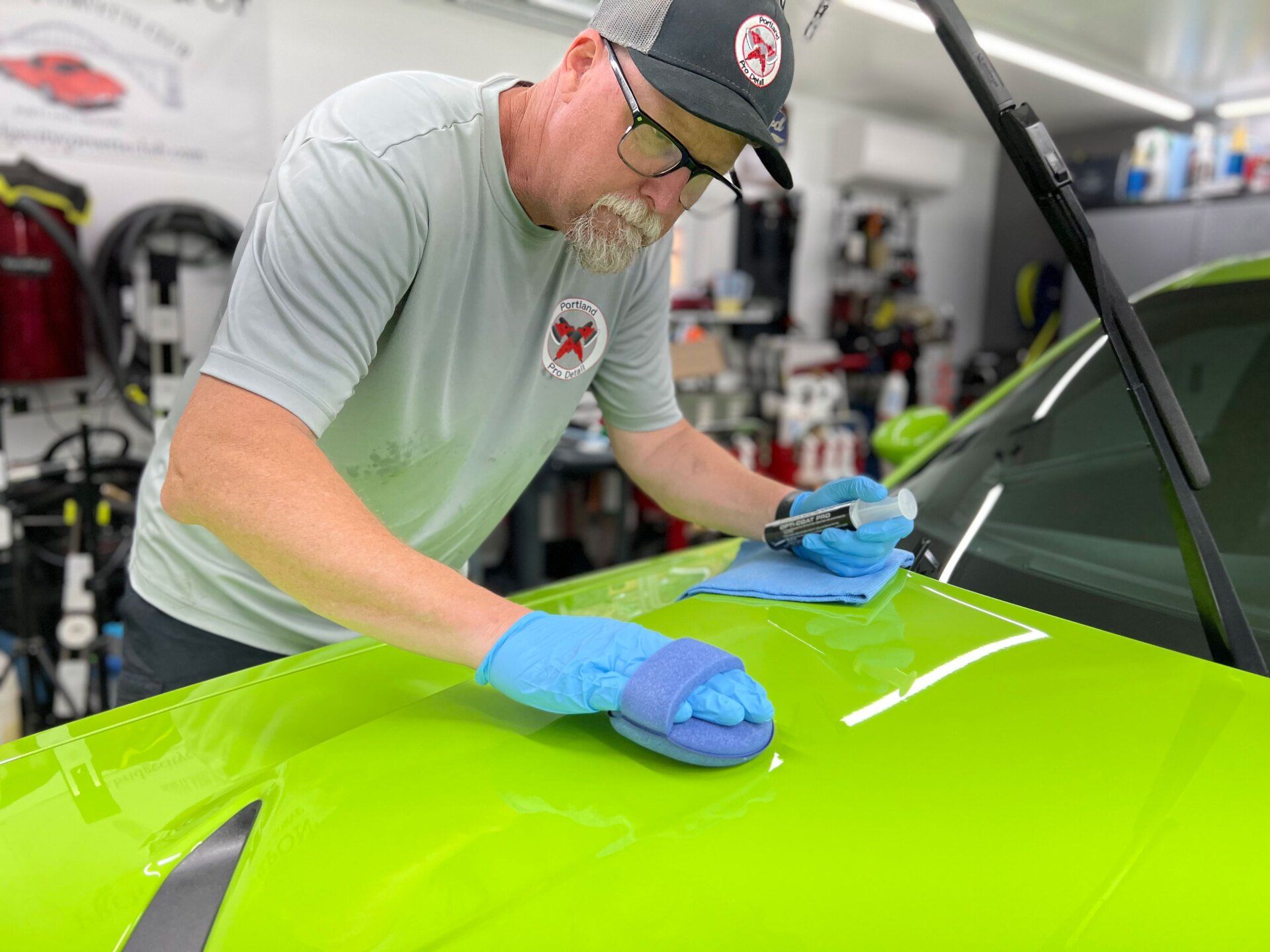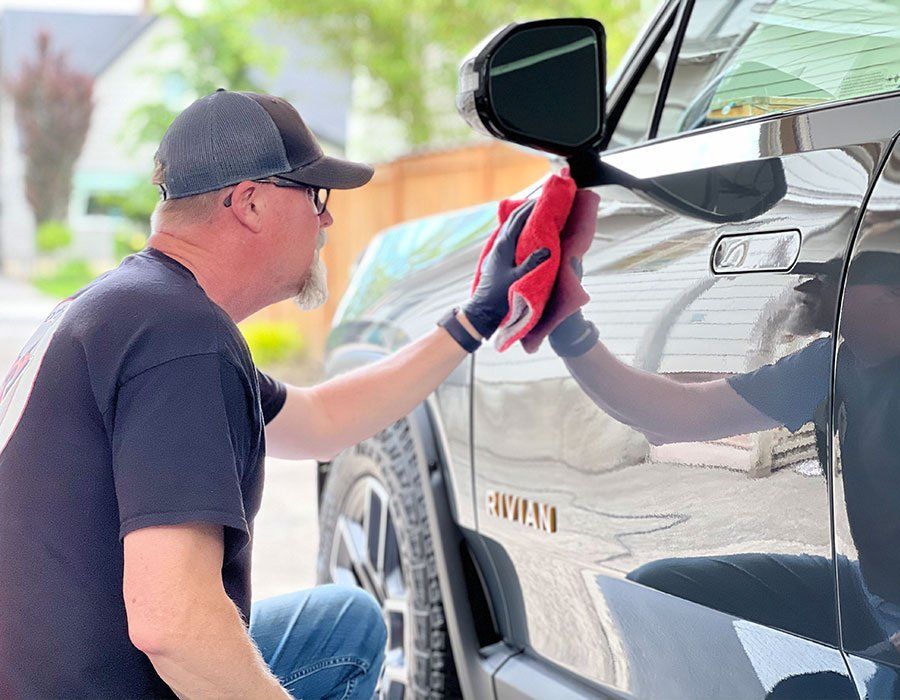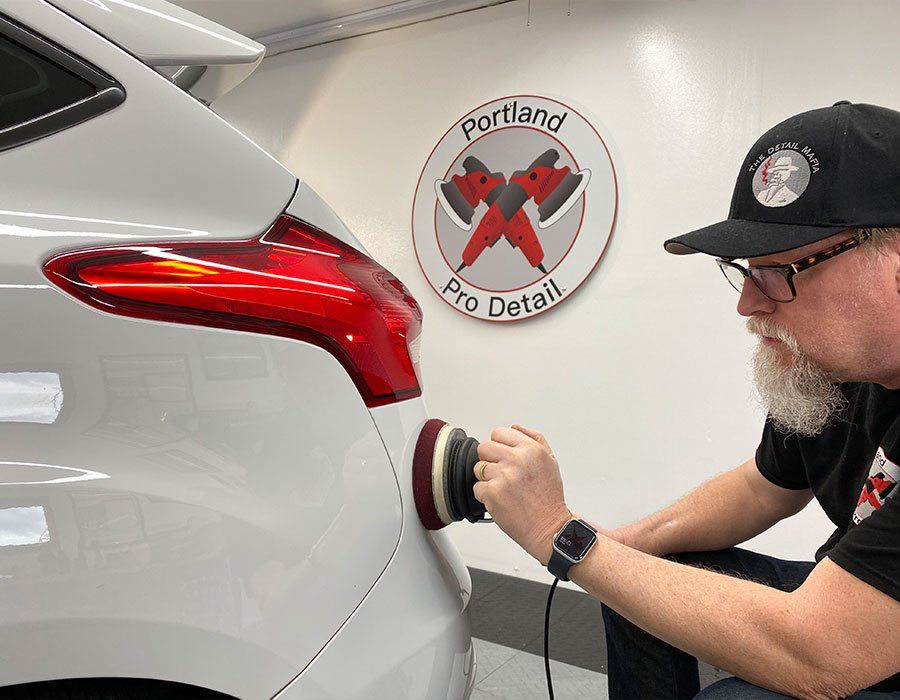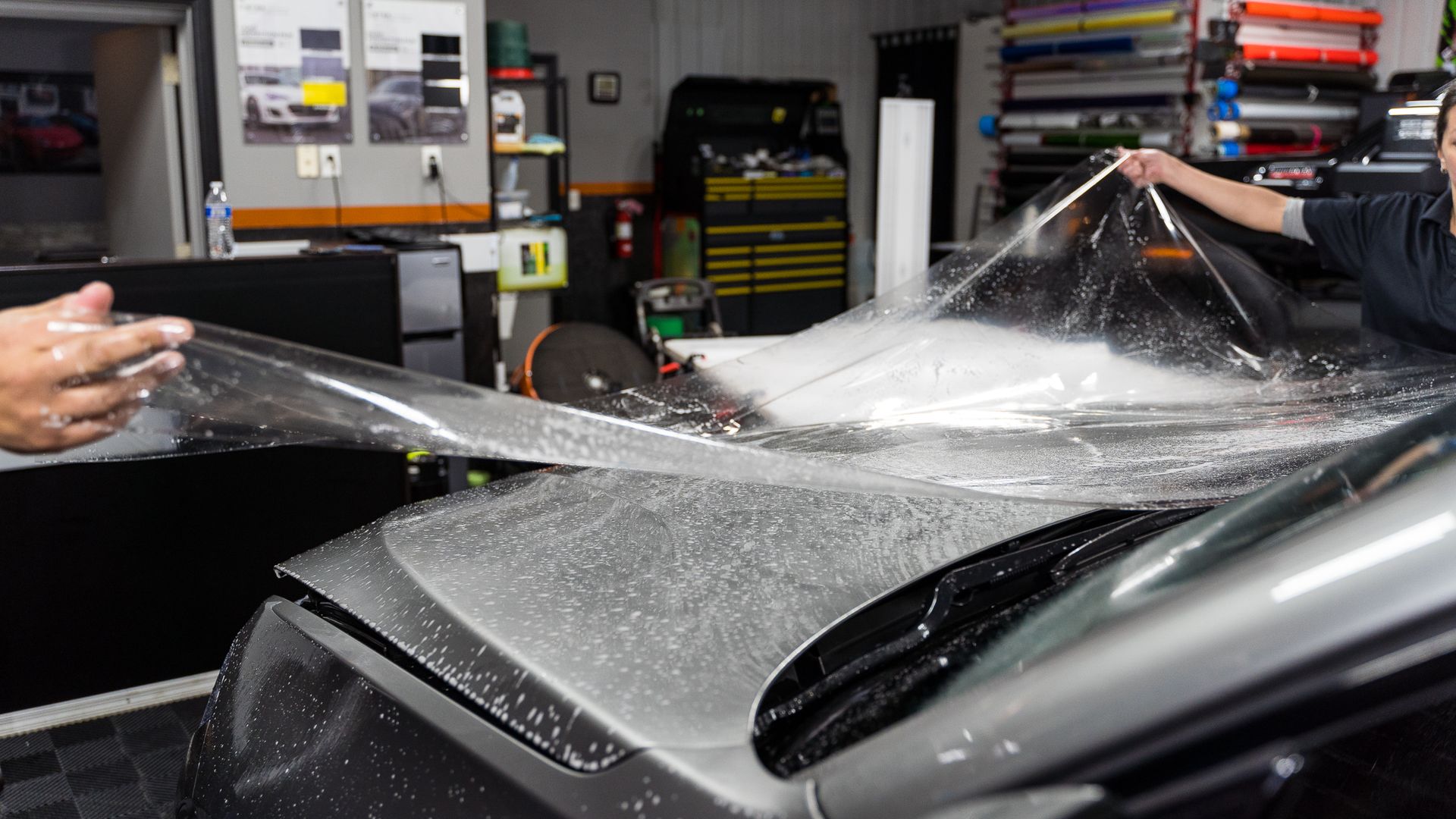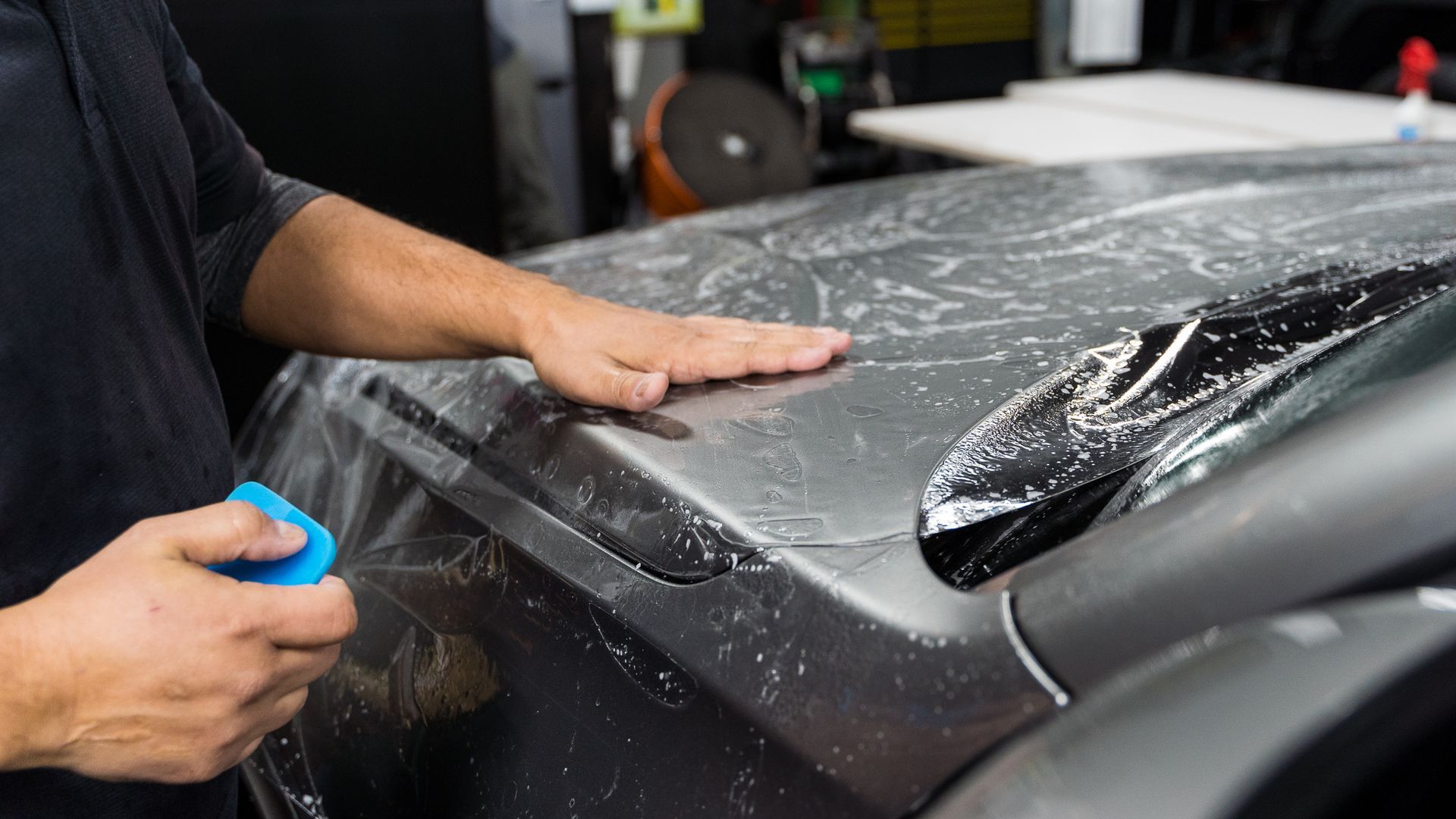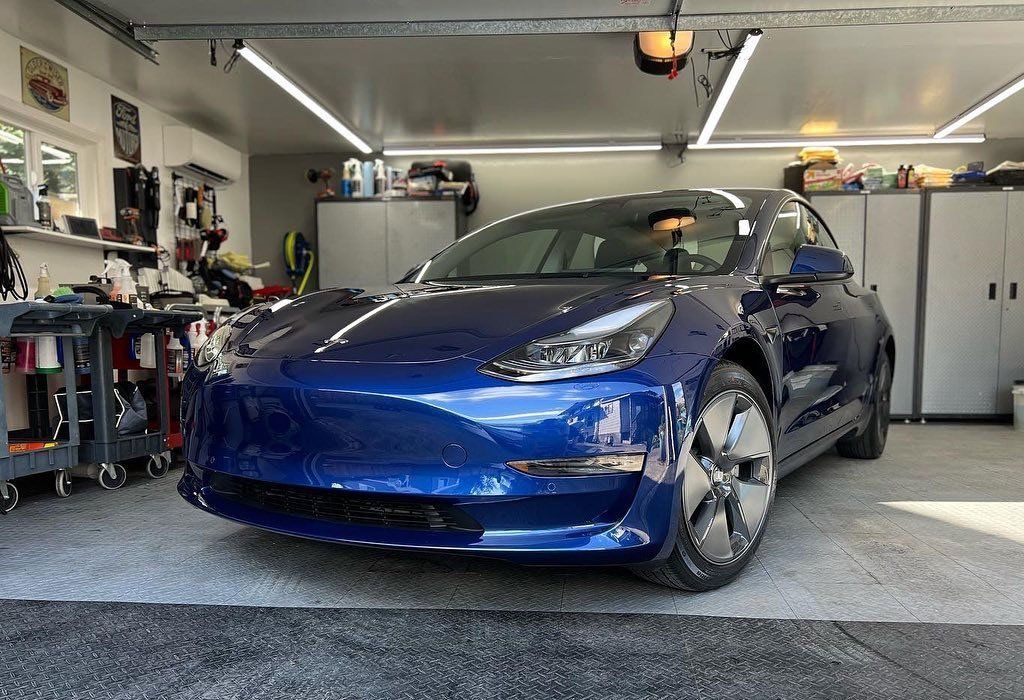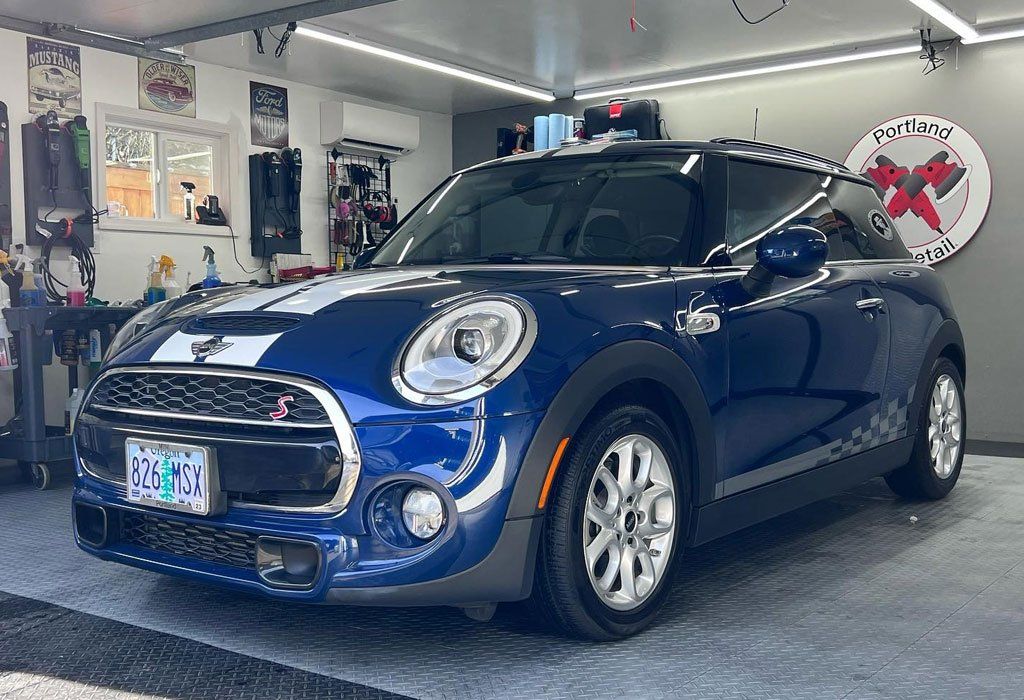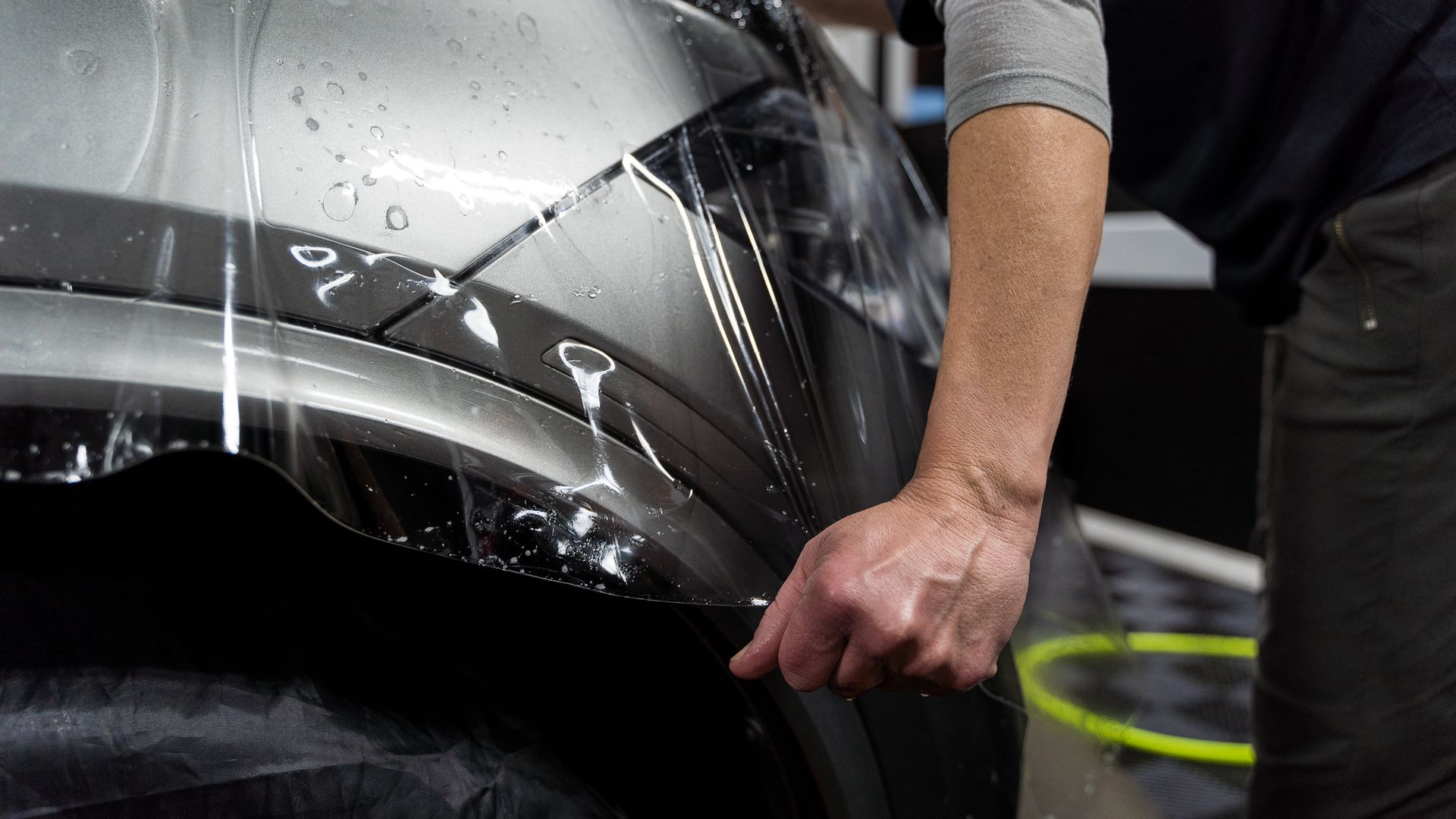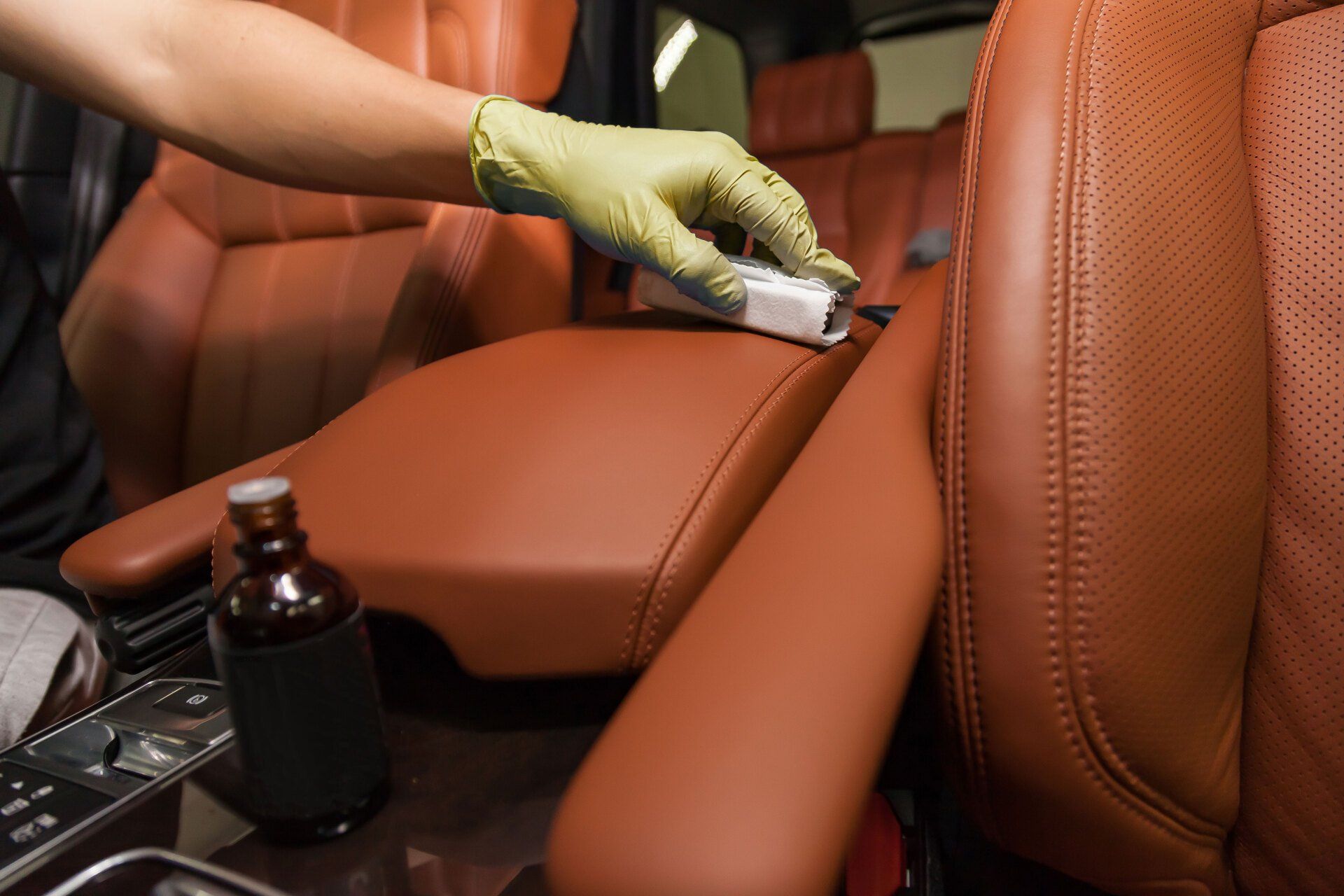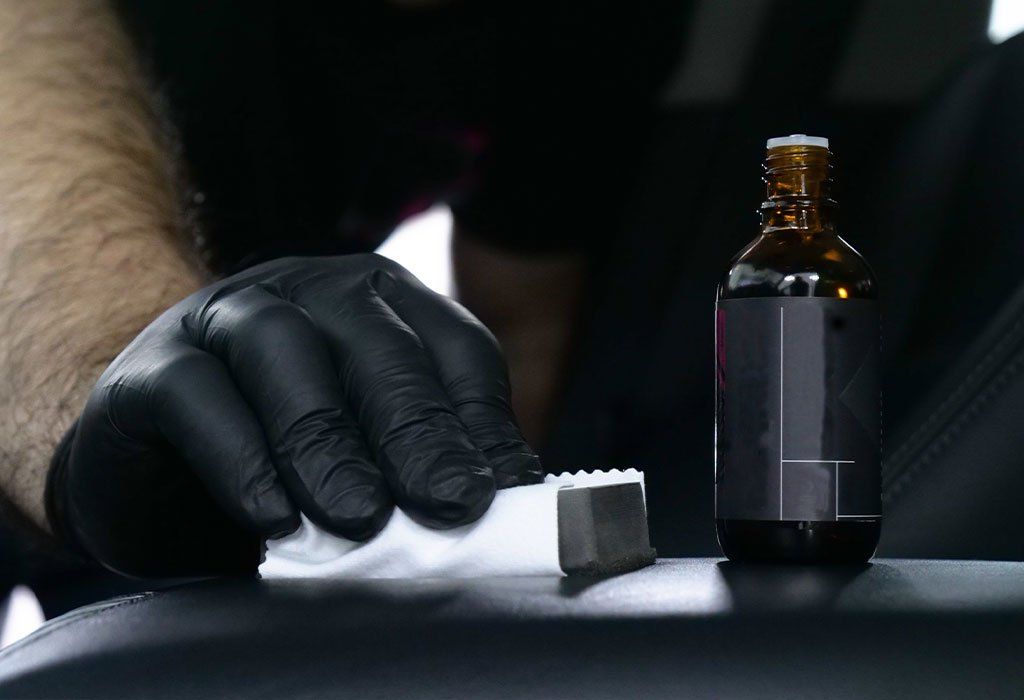Long-Term Benefits of UV-Resistant Paint Protection Film for Your Vehicle
CALL (503) 444-7415
Imagine parking your car daily under an unrelenting sun. The harsh rays gradually eat away at the vibrant color and glossy finish you once admired. Studies show around 60% of paint degradation is linked to UV exposure in regions with intense sunlight. For car enthusiasts like us, this is a troubling reality that goes beyond mere aesthetics; it directly impacts our vehicle's resale value and overall charm.
The long-term benefits of UV-resistant paint protection film include significant preservation of your vehicle's paint integrity, which helps maintain its aesthetic appeal and resale value. Additionally, paint protection film provides protection against fading caused by UV exposure, reduces damage from road debris, and minimizes maintenance costs by keeping the vehicle cleaner for longer periods.
What is UV-Resistant Paint Protection Film?
UV-resistant paint protection film (PPF) represents a significant advancement in vehicle care technology. Made from high-strength urethane, this transparent film acts as a shield for your vehicle's exterior, offering robust protection against harmful UV rays, road debris, bird droppings, and other environmental contaminants that can mar your car's finish over time. It's crucial to recognize that the protective nature of PPF doesn’t simply rest on its ability to cover; it actively absorbs and disperses UV radiation. This process minimizes the radiation's penetration to the underlying paint, thus reducing the risk of fading and oxidation—issues that can diminish your vehicle's aesthetic appeal.
An integral feature of PPF is its self-healing capability. The top layer is engineered to respond to minor scratches and swirl marks; when exposed to heat—from direct sunlight or even a gentle touch from a heat gun—the film can reinstate its original clarity and smoothness. This means you can maintain the pristine look of your vehicle without the constant worry about damage from everyday use. It's fascinating to think that something as simple as heat can trigger an entire restoration process at a molecular level, allowing imperfections to fade away without leaving unsightly marks or requiring professional intervention.
The installation process of PPF is another critical aspect that contributes significantly to its effectiveness. Expert application ensures that the film adheres perfectly to the unique curves and contours of your vehicle, providing comprehensive protection while enhancing visual appeal. Moreover, superior films are often manufactured with advanced technologies that improve transparency and reduce visibility lines, creating an almost invisible layer over the existing paintwork. As we explore further into how these features protect your investment in both appearance and longevity, understanding the detrimental effects of UV rays on vehicle paint becomes essential.
Effects of UV Rays on Vehicle Paint
UV rays have a sneaky way of wreaking havoc on your vehicle’s paint job, especially when you consider their relentless exposure over time. When you're parked outside on a sunny day, those rays continuously bombard the surface, gradually breaking down the very molecular bonds that give paint its luster and vibrancy. Over time, this leads to fading, oxidation, and even discoloration that can turn your once-shining vehicle into a dull shadow of its former self. 60% of paint degradation in areas with plenty of sunshine can be directly related to UV exposure. Vehicles exhibit noticeable signs of wear much quicker than in cooler, temperate regions. This isn't merely an inconvenience—it's a matter of loss.
As sunlight penetrates the outer layer of paint, it accelerates a series of chemical reactions that lead to deterioration. The vibrant colors often fade due to this relentless attack from ultraviolet rays, leaving behind a lackluster surface. Not only does this diminish aesthetic appeal, but it also adversely affects resale value. A car that appears worn out due to paint damage is far less attractive to potential buyers. To illustrate this point further, think about how long you plan to keep your vehicle. Like many investments, maintaining its condition pays dividends down the road.
Given these notable effects, it's clear why applying protective measures such as UV-resistant paint protection film is essential for preserving both appearance and value.
Application Process of Protection Film
Applying UV-resistant paint protection film (PPF) is a meticulous task that requires careful attention to detail. This process enhances your vehicle's appearance while ensuring maximum protection from the elements. Each step plays a vital role, as neglecting even one could compromise the entire installation. Let's explore the essential steps involved in this application process.
- Cleaning the Vehicle Surface: The foundation of a successful paint protection film application lies in thoroughly cleaning the vehicle's exterior. This entails more than a quick wash; it's about decontaminating the surface. It’s crucial to remove any dirt, wax, or grease since these residues can trap air bubbles beneath the film. An effective method includes using a clay bar, which helps eliminate microscopic contaminants, ensuring a perfectly smooth surface for installation.
- Custom Cutting the Film: Once the car is sparkling clean, the next step involves custom-cutting the film to fit the specific contours of your vehicle. This requires skillful measurement and precision cutting; improperly sized pieces will not cover adequately and may lead to gaps in protection. It's essential that paint protection film covers high-impact areas like bumpers and mirrors without overlapping.
- Applying the Film: With well-prepared pieces ready, installers use a solution that allows for repositioning during application. This liquid creates a temporary adhesive bond so you can slide the film into place without it sticking permanently right away. During this stage, tension must be evenly distributed to avoid wrinkles or bubbles; patience is key here.
- Smoothing and Drying: After positioning, installers meticulously smooth out the film using squeegees to eliminate any trapped air bubbles or creases. This ensures optimum adhesion between the paint protection film and your car’s paintwork. A heat gun often comes into play during this phase, activating not only adhesion but also the self-healing properties of the film, allowing minor imperfections from installation to vanish over time.
These steps may seem straightforward on paper, but they demand experience and expertise to execute flawlessly. A well-applied PPF can last between five and ten years, making it a worthwhile investment for protecting your vehicle's paint and maintaining its resale value. A professional touch makes all the difference in achieving that pristine result while ensuring your car looks brand new long after application. Recognizing the importance of these steps highlights why choosing skilled professionals for PPF installation is paramount for effectively safeguarding your investment and enhancing your vehicle's longevity.
Advantages of UV-Resistant Film
- Long-Term Paint Preservation: One of the standout benefits of UV-resistant film is its remarkable ability to preserve your vehicle's paint over time. It's like having an invisible shield against the sun’s damaging rays. The film works tirelessly to reduce UV-induced fading and oxidation, keeping your car looking vibrant and new. Research reinforces this advantage, indicating that vehicles protected by UV-resistant PPF show up to 50% less paint fading after five years compared to those without this protective layer. A car that retains its showroom quality for an extended period enhances your driving experience and maintains higher resale value.
- Ease of Maintenance: In addition to preserving aesthetics, another compelling fact about UV-resistant paint protection film is how it simplifies maintenance. The smooth surface of the film offers less friction for dirt and grime to cling onto, making cleaning a breeze. Unlike untreated surfaces that may require constant waxing or polishing, a vehicle equipped with PPF can achieve a spotless finish simply by washing it regularly. Many proud car owners have discovered that their rides are remarkably easier to clean, often noting that a quick wash effortlessly revives their vehicle's shine. It's fascinating how such a thin layer can make such a significant difference in both appearance and upkeep.
- Additional Benefits: Beyond these key advantages, there are even more reasons to consider UV-resistant paint protection film. For one, it significantly protects against rock chips, scratches, and other minor impacts. This tough yet flexible barrier absorbs shocks and disperses energy from external impacts, effectively shielding your paintwork from what could lead to costly repairs. Choosing UV-resistant paint protection film is not just about protection but investing in long-term beauty and functionality for your vehicle. It seamlessly merges preservation with ease while granting owners confidence in their choice.
Durability and Maintenance
UV-resistant paint protection films are designed to endure the rigors of daily driving while maintaining their integrity. Not only do they provide a shield against scratches and chips, but their impressive durability means they're built to last. Typically, these films have a lifespan ranging from 5 to 10 years, influenced by several factors such as the quality of the film and the environmental conditions it undergoes. When investing in high-quality options, you can expect lifespans of up to 10 years with proper care. This longevity makes them a worthwhile investment for any vehicle owner looking to protect their car’s aesthetic appeal.
To maintain these films effectively, it's important to be attentive to routine upkeep. Regular cleaning is key to extending the life of your paint protection film. Using pH-neutral soaps during washes can help preserve the film's clarity without causing unwanted damage. Remember, avoiding abrasive sponges or harsh chemicals is crucial; these can scratch the surface and compromise its protective qualities. Instead, opt for soft cloths that gently erase dust and grime without impacting the film’s structure. Proper maintenance is much easier than it might seem; simply treat it like a delicate feature of your vehicle that greatly enhances its overall appearance.
By sticking to a simple maintenance schedule, you can ensure your UV-resistant film retains its protective benefits long into its lifespan. Establishing a routine cleaning strategy can save you from costly repairs later on. Maintaining this film also enhances your vehicle's aesthetic value since a clean exterior reflects well on you as an owner.
Comparing Paint Protection Technologies
UV-resistant paint protection film stands out prominently among various options, each designed with its own unique strengths and weaknesses.
PPF vs. Ceramic Coating
One major comparison is between PPF and ceramic coating. Both options offer benefits yet differ significantly in application and effectiveness when it comes to protecting your vehicle’s surface. While paint protection film acts as a physical shield, safeguarding your car from road debris, scratches, and UV rays, ceramic coatings provide a different form of defense. They create a hydrophobic layer that repels water and dirt, effectively helping to keep your vehicle cleaner for longer. Ceramic coatings lack the robust impact resistance offered by PPF. For instance, while ceramic coatings typically last around 2-5 years, PPF can protect your vehicle’s paint for 5-10 years, making it a more durable choice in the long run. Choosing between these options depends heavily on your driving habits and aesthetics.
PPF vs. Waxing
Waxing serves as an excellent entry point for those seeking budget-friendly options. Despite its affordability, it has limitations that make it less appealing for long-term use. Wax requires reapplication every few months to maintain its protective properties and does not offer substantial UV protection—a crucial factor if you want to preserve that showroom shine over time. The effectiveness of wax diminishes rapidly due to environmental factors such as heat and rain. It provides only a modest barrier against contaminants and wear but can easily wear off, leaving your car exposed. In contrast, investing in UV-resistant PPF means fewer reapplications and enhanced all-around protection throughout the seasons. So why settle for transitory solutions when you can invest in a longer-lasting protector like UV-resistant PPF?
Understanding these comparisons allows you to see what’s available and make an informed choice about how best to safeguard your vehicle’s appearance for years to come. In choosing UV-resistant paint protection film, you're opting for durability and peace of mind, ensuring your vehicle maintains that pristine look through whatever life throws at it. This investment not only protects but enhances the overall value of your vehicle over time.
Leading Provider of PPF Services in Portland, OR
Shield your vehicle with Portland Pro Detail, the
leading provider of paint protection film services in Portland, OR. Our expert installation of high-quality PPF protects your car's paint from rock chips, scratches, and environmental damage, keeping it in pristine condition for the long haul. With a virtually invisible finish, your car retains its original look while gaining unmatched durability. Contact us today to safeguard your vehicle with the best paint protection film available. Call us at (503) 444-7415 to get started!

